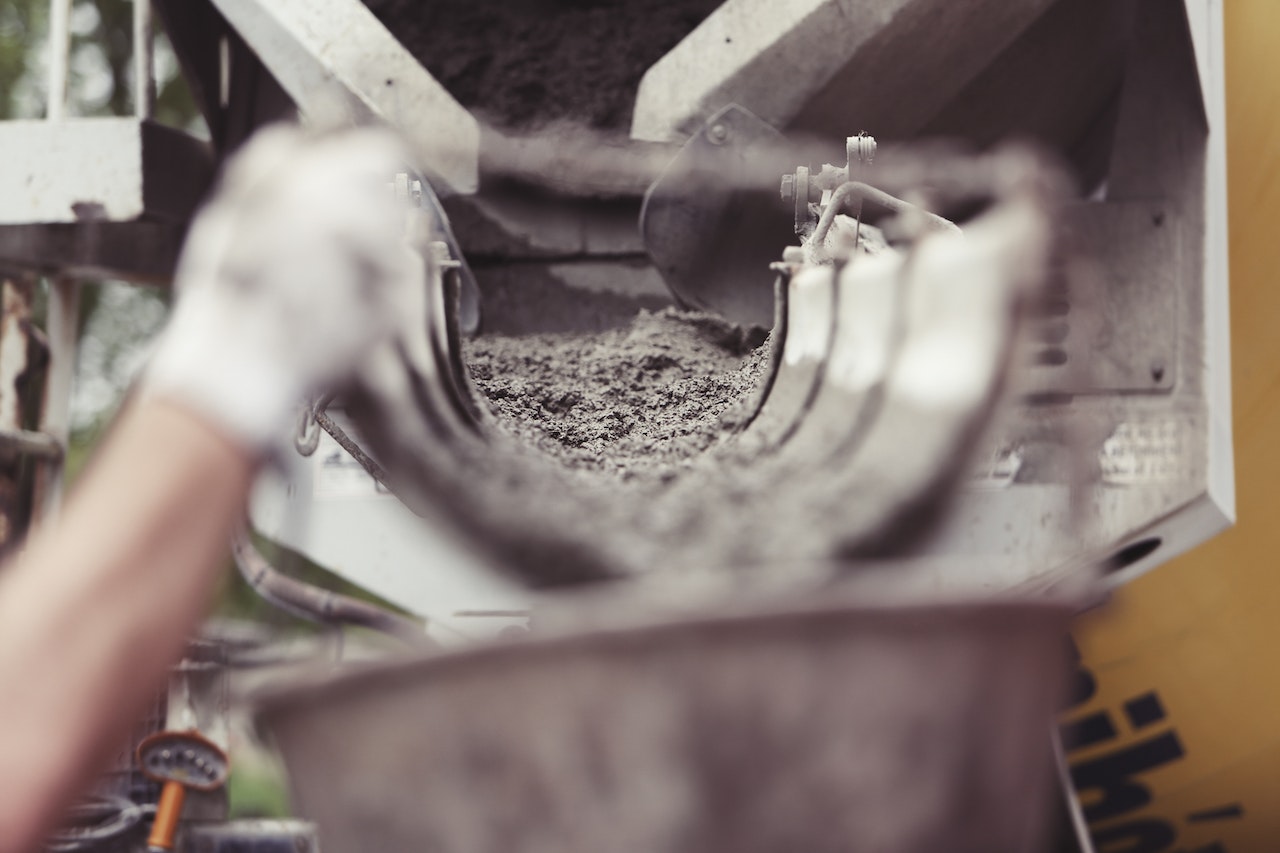What is reuse?
Reuse is the process of reusing materials or products without altering their substance. This practice, which is in line with the circular economy and the reduction of carbon footprints, is particularly relevant in the building sector, where many materials can be reused.
Reuse and repurpose: what are the differences?
Under Extended Producer Responsibility (EPR) in the construction sector, re-use and re-purposing are two distinct concepts.
Reuse is defined as any operation by which substances, materials or products that are not waste are used again for the same purpose for which they were originally conceived. For example, a door removed during renovation work and reinstalled elsewhere in the same building is considered reused.
Reuse, on the other hand, is defined as any operation by which substances, materials or products that have become waste are used again. In this case, the materials or products were considered as waste before being reused. For example, bricks salvaged from a demolition site and used to build a new wall are considered re-used.
These two concepts are complementary and both contribute to the circular economy and the reduction of carbon footprints.
In-situ and ex-situ reuse: what are the differences?
Re-use can take two forms: in-situ and ex-situ. In-situ reuse refers to materials that are reused on the same site, without the need for transport. This is the case, for example, when renovating a building, where certain elements can be preserved and reused.
Ex-situ reuse refers to materials that are moved from one site to another for reuse. This approach requires more complex logistics, but gives a second life to materials that would otherwise have been treated as waste.
Which materials are the easiest to reuse?
Some materials are easier to reuse than others. This applies to inert materials such as stone, concrete and wood. Joinery elements such as doors and windows are also often re-used. Finally, technical equipment (heating, ventilation, etc.) can also be reused.
Why is reuse still so little used?
Despite its many advantages, reuse is still little used in the building sector. There are several reasons for this:
- Logistics: ex-situ reuse requires complex logistics. Available materials have to be identified, extracted without damaging them, stored and then transported to the new site of use. These logistics can be costly and complex, which sometimes holds back the construction industry.
- Lack of data: It is often difficult to obtain precise information on the materials available for reuse. This applies to quantity, quality and location. This lack of data can make it difficult to set up reuse projects.
- Product insurance: Re-used materials can sometimes present risks in terms of safety or compliance with current standards. This can make it difficult to obtain insurance for reuse projects.
- The price of reused products: we often think that the price of a reused product is necessarily lower than that of a new product. But this is not always the case. The cost of logistics, refurbishment or certification can make the reused product as expensive or more expensive than a new product. However, it is important to take into account the “ecological price” of a product. Indeed, a new product has a higher environmental cost than a reused one, in terms of CO2 emissions, water and energy consumption, and waste production. Reuse therefore reduces this “ecological price”.
How Noah® help solve these problems?
Noah® is a solution that maximizes the use of reusable products by automatically correlating supply and demand for reuse. In addition to creating eco-systems, Noah® provides access to thousands of reusable products from depots, refurbishments and destockings, offered by partner marketplaces and resourceries. It’s a “re-use search engine” that facilitates the re-use of products and materials.
In conclusion, reuse is a practice that is fully in line with the circular economy and the reduction of our carbon footprint. Despite certain constraints, solutions such as Noah facilitate and optimize both in-situ and ex-situ reuse.
FAQ
What’s the difference between reuse and re-employment?
Reuse means using a product for a different purpose from the one for which it was designed, while re-employment means reusing a product for the same purpose.
Why reuse?
Reuse reduces carbon footprints, preserves natural resources and creates local jobs. It is part of a circular economy approach.
What is reuse in waste management?
In waste management, reuse means giving a second life to products or materials that would otherwise have been thrown away.
What is materials reuse?
The reuse of materials consists in reusing materials from the deconstruction or renovation of buildings, without altering their substance. This can involve structural materials (stone, concrete, wood), joinery (doors, windows) or technical equipment (heating, ventilation).
